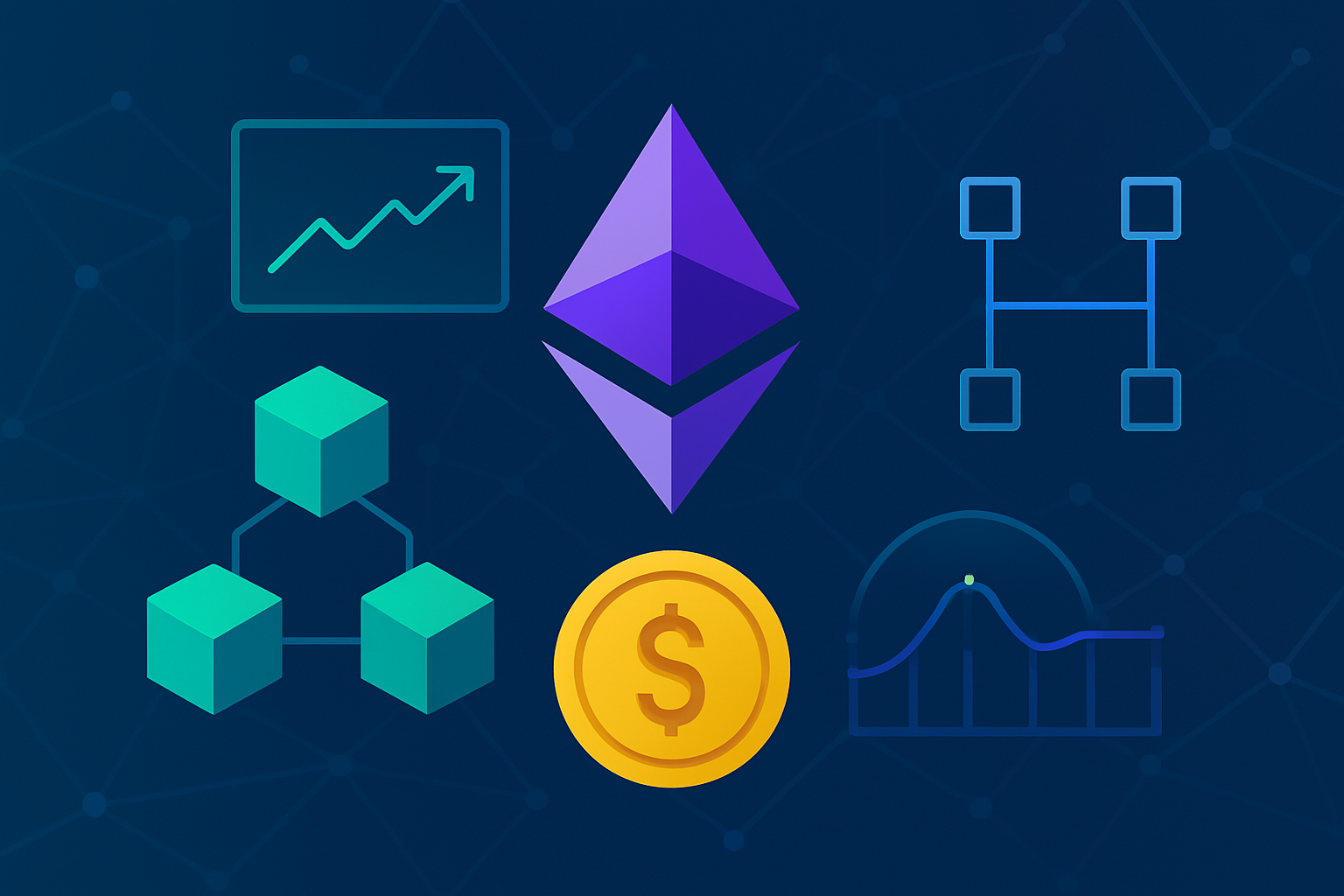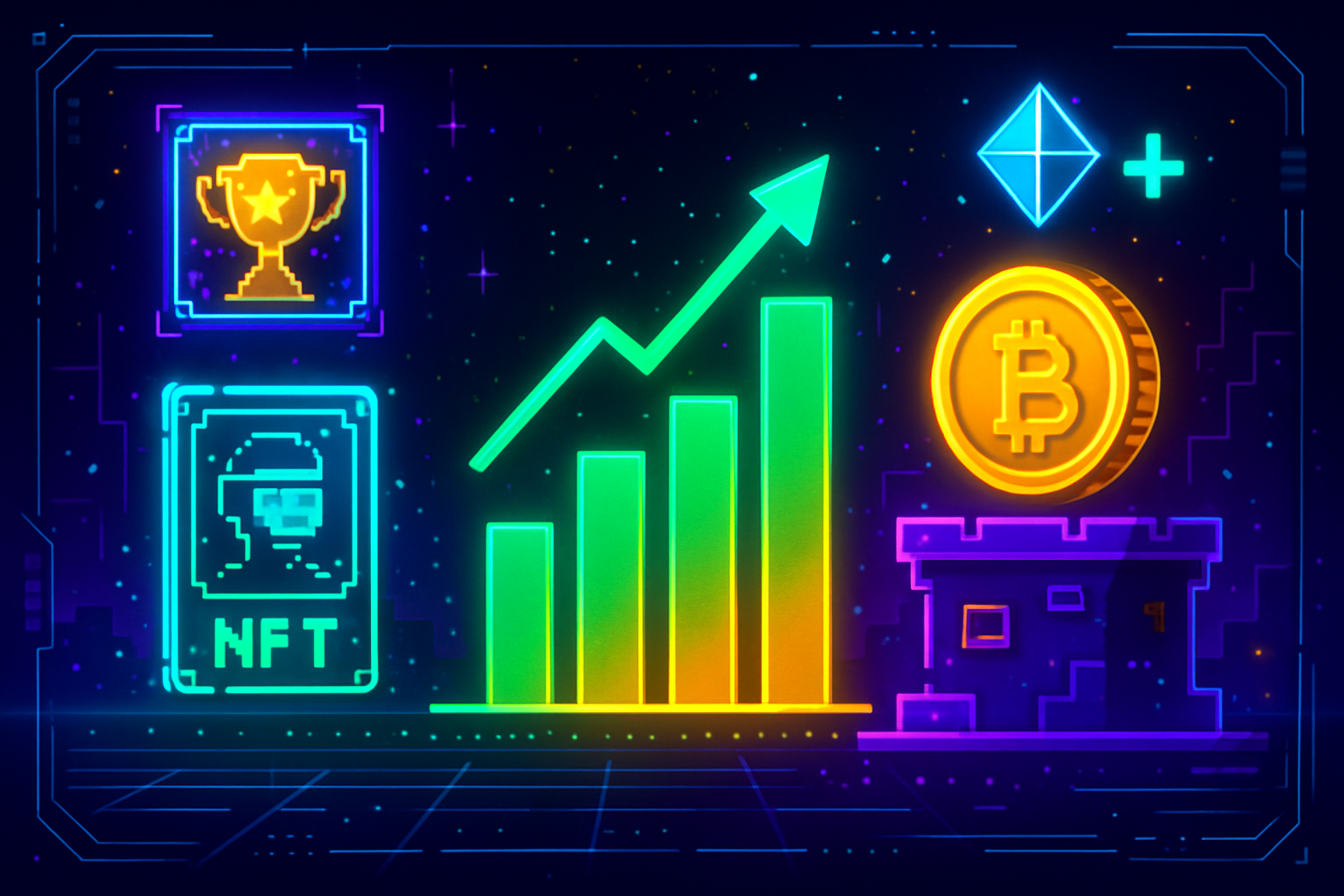
Ronin’s transformation from a dedicated sidechain for Axie Infinity into a high-performance Ethereum Layer 2 (L2) network is nothing short of revolutionary. At the heart of this evolution lies the integration of Optimism’s OP Stack, a modular L2 framework now powering some of the most advanced blockchains in Web3. The result? Ronin is poised to deliver transaction finality within an astonishing 100,200 milliseconds and scale throughput to a jaw-dropping 1 million transactions per second (TPS). Let’s break down how this is technically possible, why it matters for users and developers, and what it means for the future of blockchain gaming and decentralized applications.

Ronin’s Leap: From Sidechain to OP Stack Supercharged L2
The decision to adopt the OP Stack marks a decisive shift in Ronin Network scaling strategy. Previously, as a sidechain, Ronin offered speed at the cost of full Ethereum compatibility and security guarantees. Now, by leveraging Optimism’s battle-tested stack, Ronin achieves both: Ethereum-level security with unmatched scalability. This move is not just about keeping pace with evolving standards – it’s about setting new benchmarks for performance across the entire Web3 ecosystem.
Current Market Context: As of today, Ronin (RON) trades at $0.3284, reflecting its growing role as a foundational gaming chain now entering Ethereum’s L2 superchain landscape. This price point underscores investor confidence in Ronin’s technical roadmap and its potential to capture massive new user bases.
The Technical Secret Sauce: How 100-200ms Finality is Achieved
Let’s dive into what makes these speeds possible:
- OP Stack Consensus Mechanism: At its core, the OP Stack reduces block times to as little as 100 milliseconds by optimizing consensus protocols and minimizing network overhead. This rapid cadence means transactions are confirmed almost instantly – a game-changer for interactive dApps and on-chain games.
- Flashblocks Technology: Already proven on chains like Base, Flashblocks enables sub-second block production (100-200ms), slashing latency between transaction submission and network confirmation.
- EigenDA Integration: The real breakthrough comes from EigenDA – an innovative data availability solution that decentralizes storage and retrieval across thousands of nodes. By solving data bottlenecks, EigenDA empowers Ronin to support up to 1M TPS without compromising speed or composability.
- $RON Native Gas Support: Seamless integration of $RON as the gas token ensures that all these enhancements directly benefit users within the Ronin ecosystem without friction or added complexity.
This technical cocktail doesn’t just tick boxes on paper – it delivers tangible performance leaps visible in live environments.
The Impact: Unparalleled Scale for Gaming and Beyond
The implications are profound for developers building on Ronin Network scaling solutions. With finality times rivaling centralized systems and throughput measured in millions per second, mass-market blockchain applications are finally within reach. Imagine multiplayer games where every move is instantly recorded on-chain or NFT marketplaces processing thousands of trades per second without lag or failed transactions.
This isn’t just theoretical – it’s happening now as Ronin transitions into an Ethereum L2 powerhouse supported by leading-edge technologies like EigenDA and Flashblocks. For those seeking deeper technical breakdowns or step-by-step developer guides on leveraging these innovations, check out our comprehensive resource here.
What truly sets Ronin apart in the Layer 2 race is its unique combination of full sovereignty, sequencer ownership, and modular architecture. Unlike generic rollups, Ronin retains control over its sequencer and tech stack, allowing for network-level optimizations that directly benefit both end-users and game studios. This means lower latency, more predictable transaction fees, and the flexibility to deploy custom features tailored for high-velocity gaming environments.
Security is not sacrificed for speed. By anchoring to Ethereum’s consensus while leveraging Optimism’s OP Stack, Ronin inherits the robust security guarantees of Ethereum mainnet. The integration of EigenDA ensures that every transaction remains verifiable and censorship-resistant, even as throughput scales to unprecedented levels. This dual approach, combining Ethereum-grade security with lightning-fast execution, makes Ronin a compelling choice for developers who refuse to compromise between safety and performance.
For users, these technical advancements translate into a seamless experience: near-instant confirmations, negligible downtime during peak periods, and the confidence that their assets are protected by battle-tested infrastructure. The $RON token’s role as native gas further streamlines onboarding for gamers and dApp users alike, no more bridging ETH or juggling multiple tokens just to interact with your favorite games or marketplaces.
Looking Ahead: Ronin’s Role in the Superchain Era
The move to OP Stack doesn’t just future-proof Ronin, it positions the network at the forefront of Ethereum’s emerging “superchain” vision. As interoperability across OP Stack-powered chains (like Base and Unichain) becomes reality, Ronin will be able to tap into shared liquidity pools, cross-chain composability, and ecosystem-wide developer incentives. This opens doors not only for Axie Infinity but also for new genres of on-chain games and decentralized apps demanding ultra-high throughput.
Community engagement is ramping up, with developers already experimenting with EigenDA-powered rollups and users reporting noticeably faster transactions since early test deployments. The excitement is palpable as Ronin transitions from a niche gaming chain into a global L2 hub capable of supporting millions of daily active users, all without sacrificing decentralization or user sovereignty.
If you’re tracking Ronin Network scaling, now is the time to pay attention. With RON trading at $0.3284, momentum is building behind this next-gen L2 solution poised to redefine what’s possible on Ethereum. Whether you’re a developer searching for scalable infrastructure or a gamer hungry for frictionless on-chain experiences, Ronin’s technical leap offers a blueprint for mass adoption in Web3.
The era of slow blockchains is ending, and Ronin’s OP Stack L2 stands at the vanguard of this transformation.




